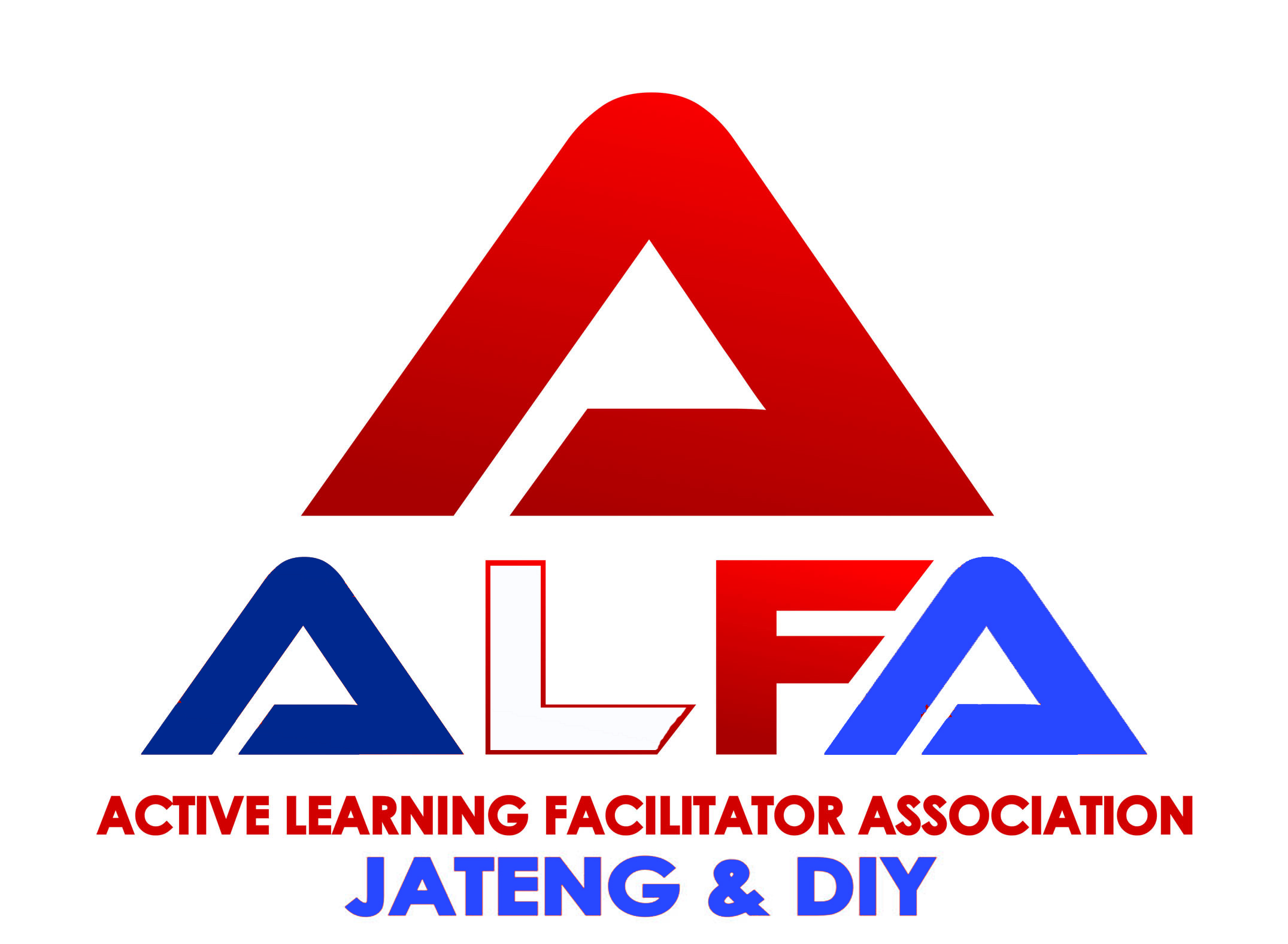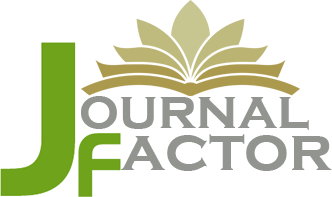Vaksin Strategy as Enjoyment Chemical Approach for Senior High School Students
Abstract
Desire to apply knowledge gained in school is the characteristic of high school students. These characteristic actually has been accommodated into 2013 curriculum. However, low interest of high school students to study chemistry was still found. Various learning methods have been developed to improve learning interest in the classroom. The effort to increase students' interest in chemistry can also be done outside the classroom. In this paper will be presented a theoretical study of joyful learning real world chemistry through VAKSIN strategy during school break. The strategy will be given in two ways, through science camps or excursion. Materials to be provided during the science camp are making green chemistry paint, exploration of cat litters, and simulations of waste water purification. Excursion can go into two places, the industry or university. VAKSIN strategy will have positive impact on students, teachers, industries, and universities.
Keywords: high school students, joyful learning, real world chemistry, VAKSIN strategy
Full Text:
PDFReferences
Ahrenkiel, L. & Worm-Leonhard, M. (2014). Offering a forensic science camp to introduce and engage high school students in interdisciplinary science topics, Journal of Chemical Education, 91 (3), February, pp. 340 – 344.
Aubrecht, K.B. et al. (2015). Development and implementation of a series of laboratory field trips for advanced high school students to connect chemistry to sustainability, Journal of Chemical Education, 92 (4), March, pp. 631 – 637.
Blatti, J.L. (2016). Colorful and creative chemistry: Making simple sustainable paints with natural pigments and binders, Journal of Chemical Education, 94 (2), December, pp. 211 – 215.
Celestino, T. & Marchetti, F. (2015). The chemistry of cat litter: Activities for high school students to evaluate a commercial product’s properties and claims using the tools of chemistry, Journal of Chemical Education, 92 (8), May, pp. 1359 – 1363.
Chowdhury, M.A. (2013). Incorporating a soap industry case study to motivate and engage students in the chemistry of daily life, Journal of Chemical Education, 90 (7), June, pp. 866 – 872.
Curtis, A.C. (2015). Defining adolescence, Journal of Adolescent and Family Health, 7 (2), pp. 1-39.
Ismawati, R. (2017). Strategi REACT dalam pembelajaran Kimia SMA’, Indonesian Journal of Science and Education, 1 (1), Oktober, pp. 1 – 7.
Na’imah, N.J., Supartono, & Wardani, S. (2015). Penerapan pembelajaran berbasis proyek berbantuan E-Learning untuk meningkatkan hasil belajar siswa, Jurnal Inovasi Pendidikan Kimia, 9 (2), pp. 1566 – 1574.
Néel, B. et al. (2015). A miniatur wastewater cleaning plant to demonstrate primary treatment in the classroom, Journal of Chemical Education, 92 (11), August, pp. 1889 – 1891.
Nirwana, H.D., Haryani, S., & Susilogati, S. (2016). Penerapan praktikum berbasis masalah untuk meningkatkan keterampilan proses sains siswa, Jurnal Inovasi Pendidikan Kimia, 10 (2), pp. 1788 – 1797.
Nur, A.V. & Sumarni, W. (2017). Pengaruh penggunaan metode pembelajaran Guided Note Taking berbantuan media Kimmy-Games terhadap pemahaman konsep kimia siswa SMA, Jurnal Inovasi Pendidikan Kimia, 11 (1), pp. 1910 – 1920.
Putra, R.S., Wijayati, N., & Mahatmanti, F.W. (2017). Pengaruh penggunaan media pembelajaran berbasis aplikasi android terhadap hasil belajar siswa, Jurnal Inovasi Pendidikan Kimia, 11 (2), pp. 2009 – 2018.
Rahmawati, Y. & Haryani, S. (2015). Penerapan model pembelajaran berbasis proyek untuk meningkatkan keterampilan metakognitif’, Jurnal Inovasi Pendidikan Kimia, 9 (2), pp. 1596 – 1606.
Ratna, M., Widodo, A.T., & Priatmoko, S. (2017). Pengaruh pembelajaran Group Investigation berbantuan multimedia interaktif terhadap kompetensi kimia siswa, Jurnal Inovasi Pendidikan Kimia, 11(2), pp. 1971 – 1978.
Subagia, I.W. (2014, Oktober). Paradigma baru pembelajaran Kimia SMA. Makalah dipresentasikan pada Seminar Nasional FMIPA UNDIKSHA IV, Singaraja, Bali.
DOI: https://doi.org/10.31002/ijose.v2i2.622
Refbacks
- There are currently no refbacks.
Copyright (c) 2018








